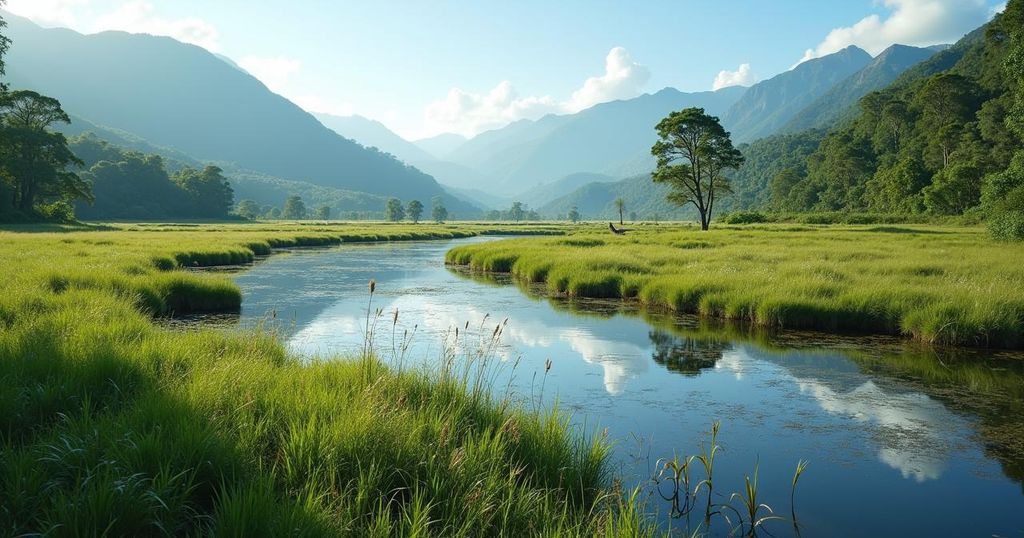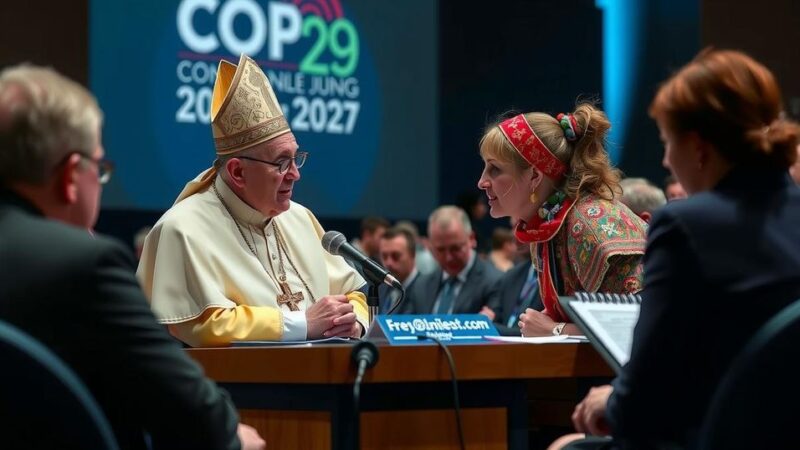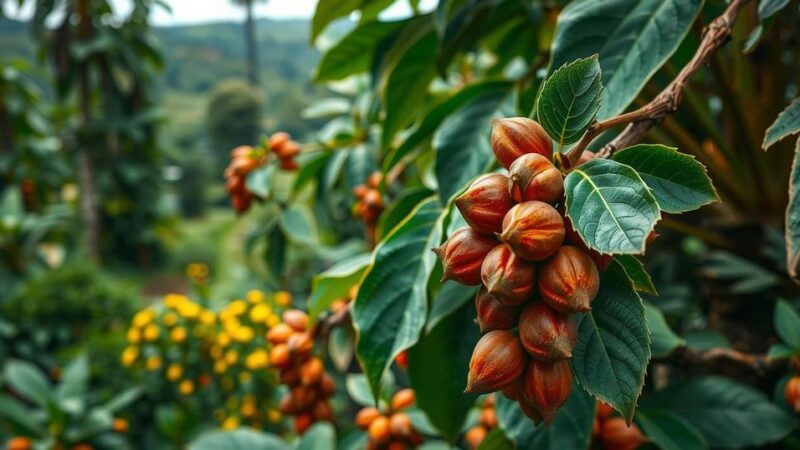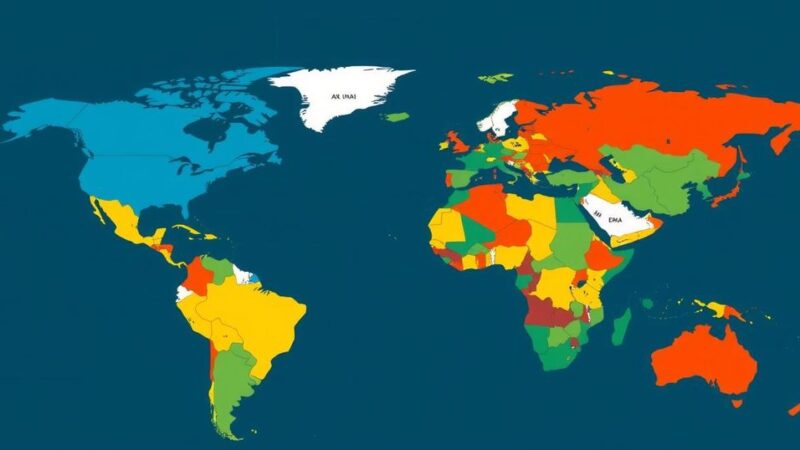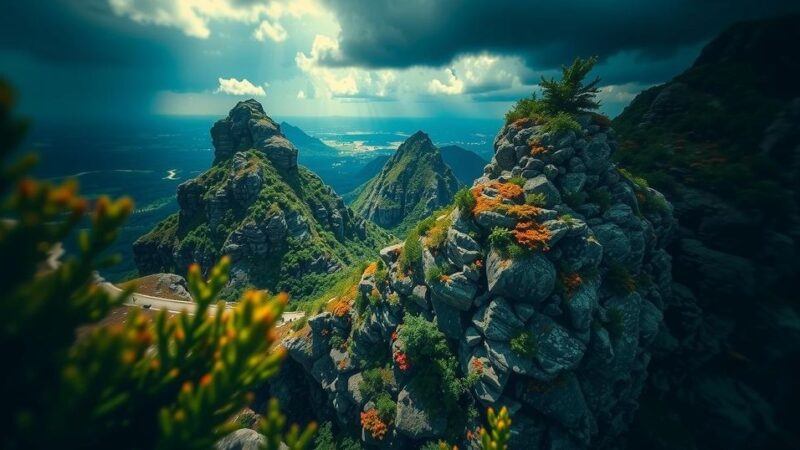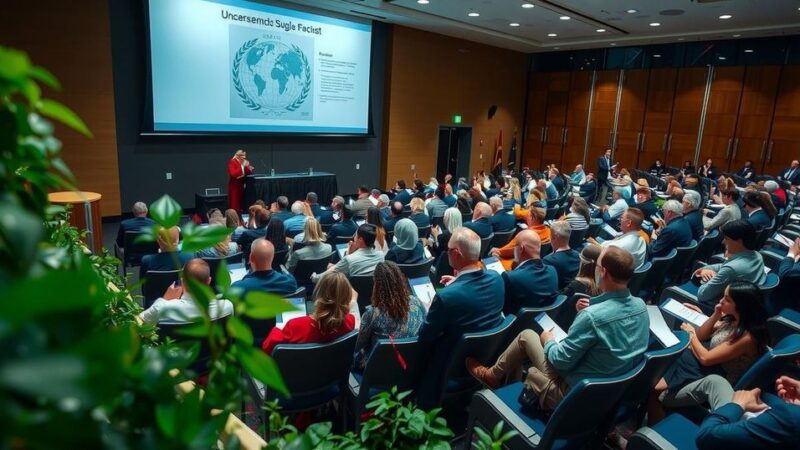Rural communities in the Andes of Colombia and Ecuador are striving to protect vital wetlands known as paramos, which regulate water cycles amid a serious water crisis. The drought, worsened by climate change, has required both nations to implement energy and water rationing. Grassroots activists and organizations like Conservation International are spearheading efforts to restore these ecosystems, highlighting their ecological importance in storing and managing water resources essential for agriculture and urban areas.
In the face of a significant water crisis affecting both Colombia and Ecuador, local communities are engaged in a critical battle to safeguard high-altitude wetlands known as paramos. These ecosystems play an essential role in regulating water cycles, particularly as both nations grapple with severe droughts exacerbated by a robust El Niño pattern and the impacts of climate change, compounded by human activity. The reliance of Colombia and Ecuador on hydroelectric dams for energy has been severely tested, prompting crucial water and electricity rationing. Activist groups, supported by international organizations such as Conservation International, are mobilizing efforts to protect and restore these wetlands, which are vital for water conservation. The paramos, primarily found in the Andes of Colombia, Ecuador, and Peru, are recognized for their capability to absorb rainfall and gradually release water, significantly influencing local water cycles. Patricia Bejarano, the director of the sustainable high mountain landscapes program at Conservation International’s Colombian division, stated, “Deforestation in the Amazon, combined with variations that are being caused by climate change and the degradation of the soils is what has caused water dynamics to change.” As Colombia prepares to host a United Nations conference on biodiversity in Cali this October, the situation highlights the importance of addressing environmental issues as part of broader climate change strategies. Drought conditions have led to rotating water rationing in Bogotá, while Ecuador faces energy shortages that have resulted in power cuts, forcing Colombia to suspend electricity exports to preserve its reserves. In Paluguillo paramo, near Quito, a collective of thirteen community members is actively nurturing a nursery dedicated to cultivating polylepis, or paper trees, which are native to the paramos and crucial for water conservation. Diana Sopalo, a member of the group, explains the role of these trees in the environment: “They’re plants native to the paramo that help us conserve water.” Poised as a “water factory,” these paper trees are significant for their ability to capture and store water, contributing to the intricate water cycle. The nursery has thus far planted 40,000 trees and aims to cultivate an additional 100,000, reinforcing Quito’s dependence on these wetlands. FONAG’s Paola Fuentes emphasized, “The water originates in this area and conserving these paramos, these wetlands, is essential for the low areas in the city.” The necessity of protecting these environments is echoed by conservation workers like Galo Medina from The Nature Conservancy, who stated, “If the paramos weren’t being managed, we would simply have much less water than we have now.” In Colombia’s Guatavita region, local activists and authorities are devising plans for the Vista Hermosa de Monquentiva, a protected area that would enhance the borders of Chingaza paramo and its crucial biodiversity, including the water-conserving frailejones species. Doris Ramos, an environmental advocate for the Guatavita mayor’s office, remarked on the ongoing restoration of previously farmed areas stating, “While we are restoring this ecosystem, it brings great potential for water, flora and fauna. It is also vulnerable to all the consequences of climate change.”
The high-altitude wetlands, or paramos, predominantly located in the Andes mountains of Colombia and Ecuador, have a significant impact on regional water cycles. These ecosystems are uniquely adapted to their environments, allowing them to absorb and store rainfall, which is crucial during periods of drought. Both Colombia and Ecuador face serious challenges, with their dependence on hydroelectric power sources putting immense pressure on water resources as climate change leads to increasingly erratic weather patterns. The role of grassroots and international advocacy efforts is essential in mobilizing community actions aimed at conserving these vital wetlands to ensure water security and biodiversity.
In conclusion, the fight to protect the high-altitude wetlands of Colombia and Ecuador is a pivotal initiative in combating the ongoing water crisis exacerbated by climate change. Local communities, alongside international organizations, are making concerted efforts to conserve these vital ecosystems, which not only serve as crucial water resources but also contribute to the wider ecological balance. The successful conservation of the paramos is imperative for ensuring water availability in urban areas, sustaining hydroelectric power, and maintaining agricultural viability for the future.
Original Source: www.fastcompany.com
